 Part of the hotel breakfast buffet (Ravenna, Italy) enjoyed by Ken, (hospitality guru and IT social media trainer) while playing in Italy. This is hotel hospitality certainly, but it does illustrate the Italian concept of breakfast - coffee and pastry. (Aussie tourists faced with this, apparently have a meltdown.) Few would disagree that the "Mediterranean Diet", so called, has given us a blue print for better eating - smaller portions of meat, if any, more fish, lots of vegetables, real bread and fruit as the sweet component. As Michael Pollan says "Eat food, not too much, mainly plants". Guido Brunetti, Donna Leon's Venetian policeman, throws back a tiny espresso for breakfast but later interrupts his morning at a local café with a small glass of white wine and a couple of tramezzini.** So without muesli, yoghurt, celery juice and turmeric lattes, Italians have managed to develop a working (sort of) government and legal system, raise families, produce great art, composers, architecture, poets, beautiful cars and great shoes. Meanwhile in Britain, there have been some changes in eating - aided by yummy lunches of Ottolenghi salads. But nonetheless, with a breakfast of bacon, blood pudding, fried bread, eggs, white toast, mushrooms and tomato ketchup followed by dinners of roast beef, Yorkshire pudding and roast potatoes, somehow, the Brits have managed to develop a working (sort of) government and legal system, produce great art, composers, architecture, poets, sensible cars and Harris Tweed. Over the Channel, the French still breakfast on coffee and a carbohydrate, often dunking the baguette or croissant for better slurping. During the day they gorge themselves on dairy products and fats of various provenance - duck, goose, pork, olive, hazelnut, walnut oil, washed down with wine. The French have managed to develop a working (sort of) government and legal system, produce great art, composers, architecture, poets, the Citroën DS 19 and Krug. I could go on, travelling around the world. Now this isn't a very scientific analysis, but I think you get my drift. Just eat food, stay away from engineered food-like substances that need labels, avoid anything that has been known to "heal" for thousands of years, avoid anything that needs to tell you it's healthy, avoid the very word "healthy". Just be. **Tramezzini -little sandwiches, creatively seasoned fillings, more filling than bread, soft white bread, crusts off. (Soft white bread? Go on, you know you want it.) But we consider this Japanese conundrum next.
0 Comments
Above - very cute emojis of sushi and bento box. Now consider the Japanese conundrum... The Japanese are known to live long lives, sound in body and mind. The Japanese diet has its ups and downs. It has lots of fish, it's low fat but high salt. So? In the early 1970s, a study was done on the health of Japanese men who had settled in America comparing those who followed as much as possible a traditional Japanese diet centred on fish, vegetables, tofu and tea with those who "went native" on a diet with burgers, processed foods, fats, salt and sugary drinks . Statistics showed that men in Japan had significantly lower rates of coronary heart disease than American men (at that time the highest in the world). The obvious explanation was diet. For Japanese men in America, did sticking to a Japanese diet protect them? The results were disturbing and confusing. Japanese men in America suffered worse health issues than Japanese men in Japan certainly, but not all were better off than their America counterparts, even on a Japanese diet. Those that stood out convinced Professor Michael Marmot to look deeper. (Marmot had migrated to Australia as a child. After university in Australia, he received a PHD in 1975 from the University of California, Berkeley for research into "Acculturation and Coronary Heart Disease In Japanese Americans".) Crunching the numbers they decided that what mattered more than the food was the culture in which they ate it. Rather than the American emphasis on speed and individualism, the Japanese men who maintained better health ate with family and friends and maintained a sense of community. Whatever they were eating, they made time to eat, free from any sense of impatience and panic. They had not yet been seduced by the American values of urgency and competition. (Times would change.) In brief, it showed that how we eat is as important as what we eat. Take the time; you’re worth it. If possible eat with someone. If alone, prepare something nice, eat it slowly on a nice plate; you’re worth it. It makes sense to me. People see themselves as “time-poor” with no time to prepare a meal, be it a hot casserole or a mixed salad. But somehow time slips easily through our hands in front of the second series of The Crown or while surfing the net for that vintage handbag, that first edition Julia Child, that slightly cheaper carburettor. I loved this book Bee Wilson The Way We Eat Now “We have been sold the idea that all that matters about food is the nutrients it contains. But an organic salad gulped down in a state of anxiety and solitude is not necessarily “healthier” than a takeaway of fish and chips enjoyed at leasiure with friends.” Bee Wilson Below, eating with friends - a treat. L - an unexpected afternoon tea (never high tea) R.- lunch with three friends and a home-made bread. Comment or like - see the fine print below.👇
|
Categories
All
|
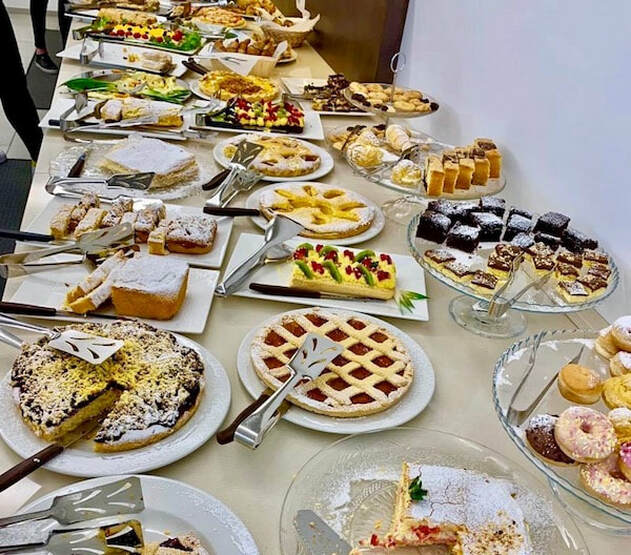
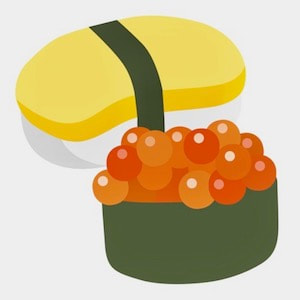
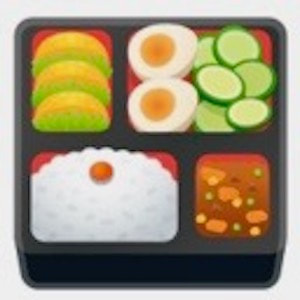
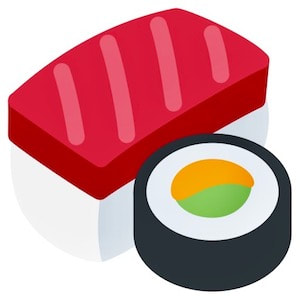
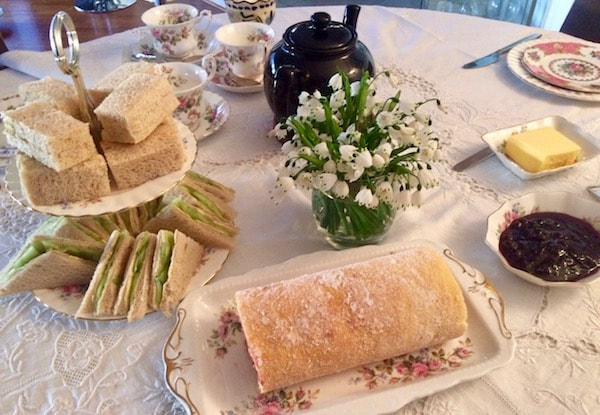
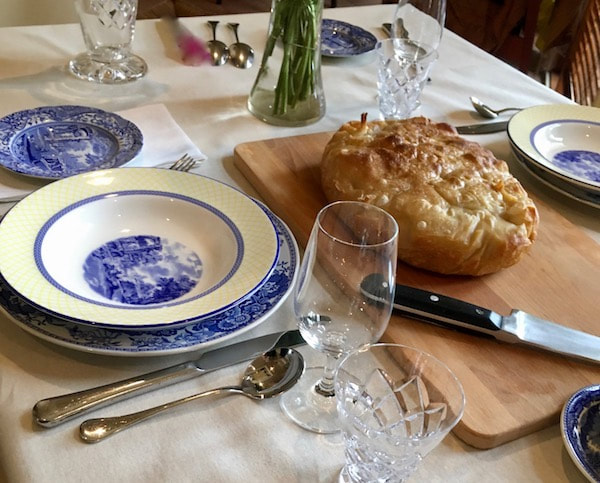
 RSS Feed
RSS Feed
